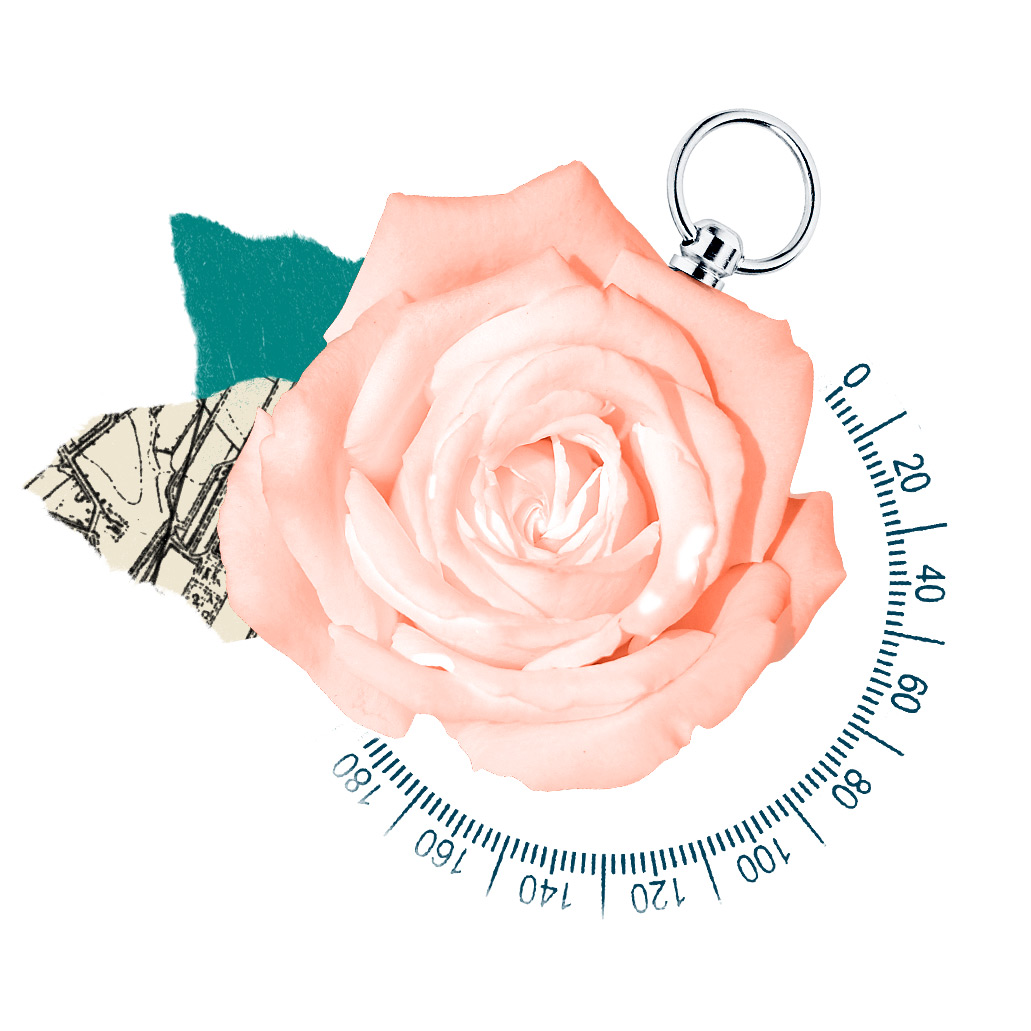Find Lessons
We’ve scoured the best sources from around the world and put them in one place. Use our filter below to find what works best for you and your students.

We’ve scoured the best sources from around the world and put them in one place. Use our filter below to find what works best for you and your students.

39 Results Meet Your Requirements
Create a poem based on letters written by Holocaust victims sent to family members from home, hiding, ghettos, prisons, and concentration camps.
Analyze primary source documents for Rev. Stanley Dabrowski. Use secondary sources to contextualize the history in the larger picture of the Holocatust.
Students will learn about anti-Jewish attitudes that pre-dates the Holocaust by centuries.
Why did the US fail to act after there was confirmation of mass murder against European Jews? Guide students through the disappointing history of the US State department's obstruction of the truth of the Holocaust.
Discover the unifying themes of antisemitism by exploring artifacts and events that demonstrate the fear and anger that fuels this long standing conspiracy theory and its hatred towards the Jewish people.
Students will go through testimonies and photographs from the different stages people went through upon deportation to Auschwitz-Birkenau.
Explore the relationship between art and politics by analyzing pieces from the Weimar Republic.
Using the art and experience of one individual, Franz Karl Bühlerthis lesson asks students to examine the connections between culture and ideology using the Nazi staged art exhibition, “Degenerate Art” and the Nazi T4 program.
Students will watch videos and testimonies to learn about people’s experiences at Auschwitz and other extermination camps.
Dietrich Bonhoeffer was one of the most prominent opponents of the Nazi regime. Introduce your students to him by reading a scathing critique of the leadership style of Adolf Hitler.
Explore art created by victims of Auschwitz and the reasons and risks people took in order to create them.
Students will watch a clip of the 1984 German film Die Wannseekonferenz, witnessing how Nazi officials controlling various facets of German bureaucratic life worked together to make decisions surrounding the minutiae involved in organizing the genocide of 11 million people.